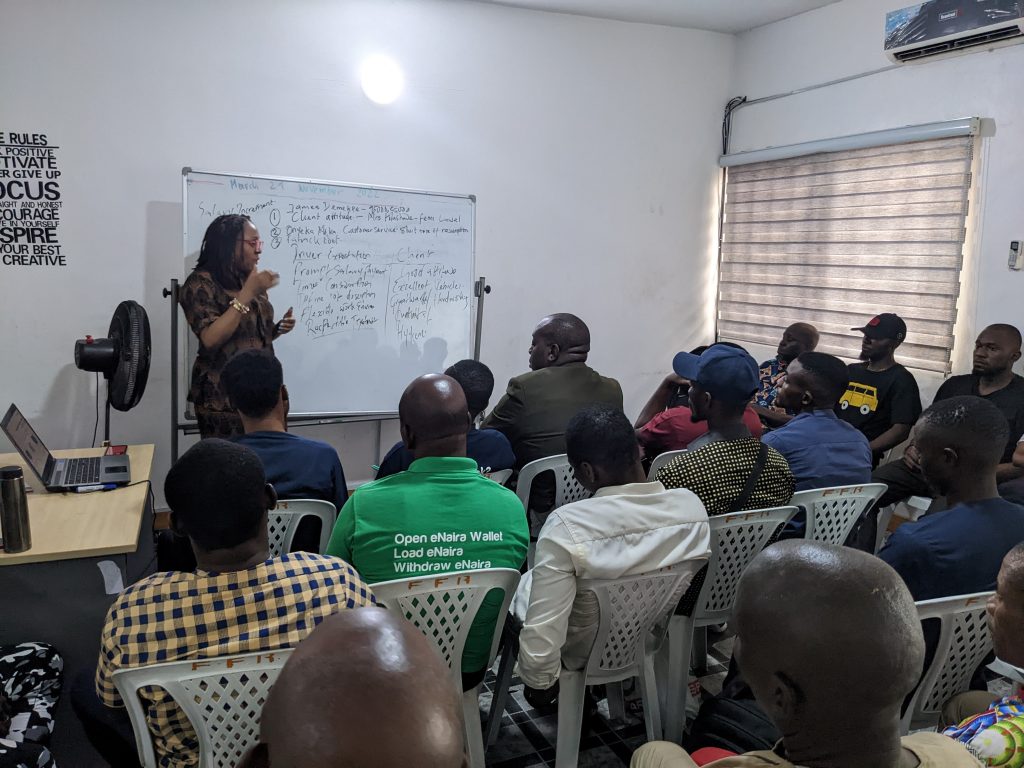When a client agrees to have a driver, that means he/she is agreeing to put his life and the life of his loved ones in their care.
It also means the client agrees to hand over temporary ownership of his belonging to the driver. Knowing this, what’s expected of the driver?
It’s expected that as a driver you’re:
First, expected to be experienced in driving or handling a car. This reduces the risk of you damaging your client’s vehicle.
Secondly, it’s expected that you observe the utmost decorum by showing respect to your clients, being punctual and hardworking.
Finally, it’s expected that as a driver you practice good hygiene, this includes cleaning or maintaining the vehicle that you operate and making sure you look good.
At DriveMe, we take our driver training seriously because we want our clients to feel safe and secure handing over their care and belonging to us. That’s why we do not joke with our driver education.
We ensure that our drivers undergo rigorous training in the different aspects of effective communication and customer relationship.
We know the heart of mobility is drivers. Since that’s the case, we take our driver treatment very seriously.
Drivers are humans and should be treated as such. This means they should be allowed the right to air their opinions with regards to certain treatments on the part of the clients and deserve to be treated with respect.
At the same time as much as drivers deserve to be treated with respect, there are times when despite our best efforts a driver proves to be uncooperative or difficult to their client.
At the same time, the same can be said for the client.
One rule in business is that the customer is always right. But in the aspect of mobility, that’s a very tricky subject to navigate.
Sometimes, the customer is not always right, not saying that the customer’s needs should not be put first. Of course not! They’re 60% of the reason the business exists.
So, since the drivers are the heart of the business and the clients are the backbone on which the business is built. How then do we navigate the client-to-driver relationship without negatively affecting both parties?

Check our next post to discover how we’ve been able to tackle this problem